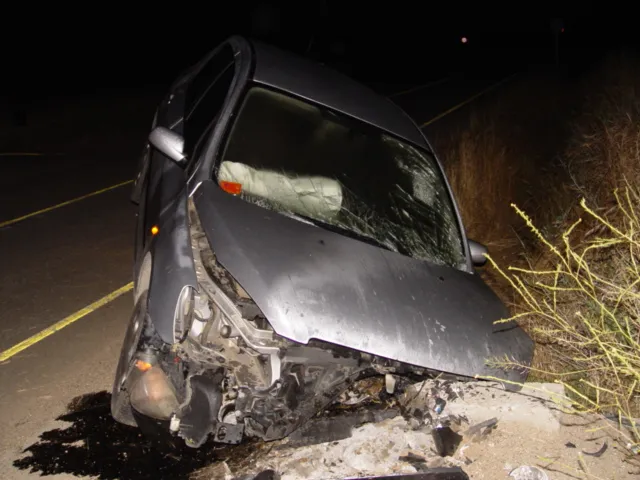Malaysia’s road safety problem is a cause for concern. The country’s Transport Ministry has revealed data showing that in 2016, Malaysia figured amongst the countries with the highest rate of road fatalities. The figures show that for every 10,000 registered motor vehicles on Malaysia’s roads, there were 2.55 deaths. One new strategy intended to address the problem being launched by the Transport Ministry is the Malaysia-wide National Blue Ocean Strategy Road Safety Cluster.
Meanwhile the Safe Kids Mala
February 2, 2017
Read time: 2 mins
Malaysia’s road safety problem is a cause for concern. The country’s Transport Ministry has revealed data showing that in 2016, Malaysia figured amongst the countries with the highest rate of road fatalities. The figures show that for every 10,000 registered motor vehicles on Malaysia’s roads, there were 2.55 deaths. One new strategy intended to address the problem being launched by the Transport Ministry is the Malaysia-wide National Blue Ocean Strategy Road Safety Cluster.
Meanwhile the Safe Kids Malaysia campaign being set up jointly by the Universiti Putra Malaysia (UPM) and the Road Safety Department is intended to tackle the high rate of serious injuries and deaths amongst the young. This safety programme is being run over a 2-3 year period and is aimed at reducing risks to the many primary school age children riding as pillion passengers on motorcycles. The campaign will provide parents with safety certified motorcycle helmets for their children, free of charge. Funding for the helmets is being provided jointly by Safe Kids Worldwide and the Halliburton Charitable Foundation from the US.
This move comes as part of Malaysia’s aim at meeting the UN’s Sustainable Development Goals (SDGs) to cut road deaths by 50% by 2020 and also boost safety for vulnerable road users by 2030. Malaysia’s vehicle numbers are growing and like much of South East Asia, a high percentage of vehicle traffic is with small capacity motorcycles. But poor rider and driver training and a low level of helmet use combine to increase the rate of serious injuries and deaths amongst powered two wheeler users. Drink driving and speeding are also major factors in Malaysia’s alarming road death fatality rate. Similar problems are being seen elsewhere in South East Asia, with the effects of bad driving impacting particularly hard onto powered two wheeler users. However nearby Vietnam’s recent introduction of compulsory helmet use for motorcycle riders is already helping to cut the country’s annual death toll. And other South East Asian nations such as Malaysia and Thailand are keen to reduce injuries amongst the young.
Meanwhile the Safe Kids Malaysia campaign being set up jointly by the Universiti Putra Malaysia (UPM) and the Road Safety Department is intended to tackle the high rate of serious injuries and deaths amongst the young. This safety programme is being run over a 2-3 year period and is aimed at reducing risks to the many primary school age children riding as pillion passengers on motorcycles. The campaign will provide parents with safety certified motorcycle helmets for their children, free of charge. Funding for the helmets is being provided jointly by Safe Kids Worldwide and the Halliburton Charitable Foundation from the US.
This move comes as part of Malaysia’s aim at meeting the UN’s Sustainable Development Goals (SDGs) to cut road deaths by 50% by 2020 and also boost safety for vulnerable road users by 2030. Malaysia’s vehicle numbers are growing and like much of South East Asia, a high percentage of vehicle traffic is with small capacity motorcycles. But poor rider and driver training and a low level of helmet use combine to increase the rate of serious injuries and deaths amongst powered two wheeler users. Drink driving and speeding are also major factors in Malaysia’s alarming road death fatality rate. Similar problems are being seen elsewhere in South East Asia, with the effects of bad driving impacting particularly hard onto powered two wheeler users. However nearby Vietnam’s recent introduction of compulsory helmet use for motorcycle riders is already helping to cut the country’s annual death toll. And other South East Asian nations such as Malaysia and Thailand are keen to reduce injuries amongst the young.






